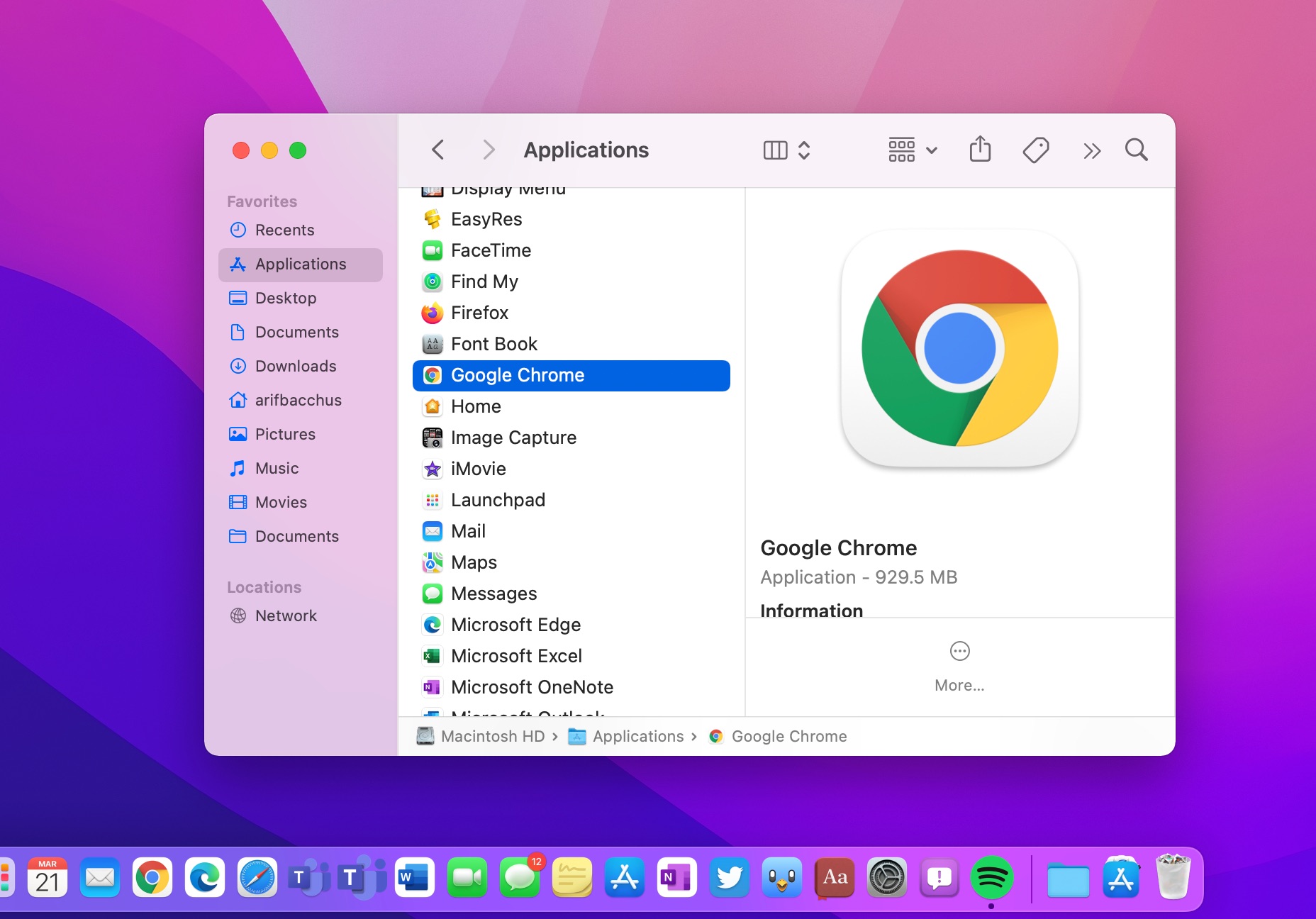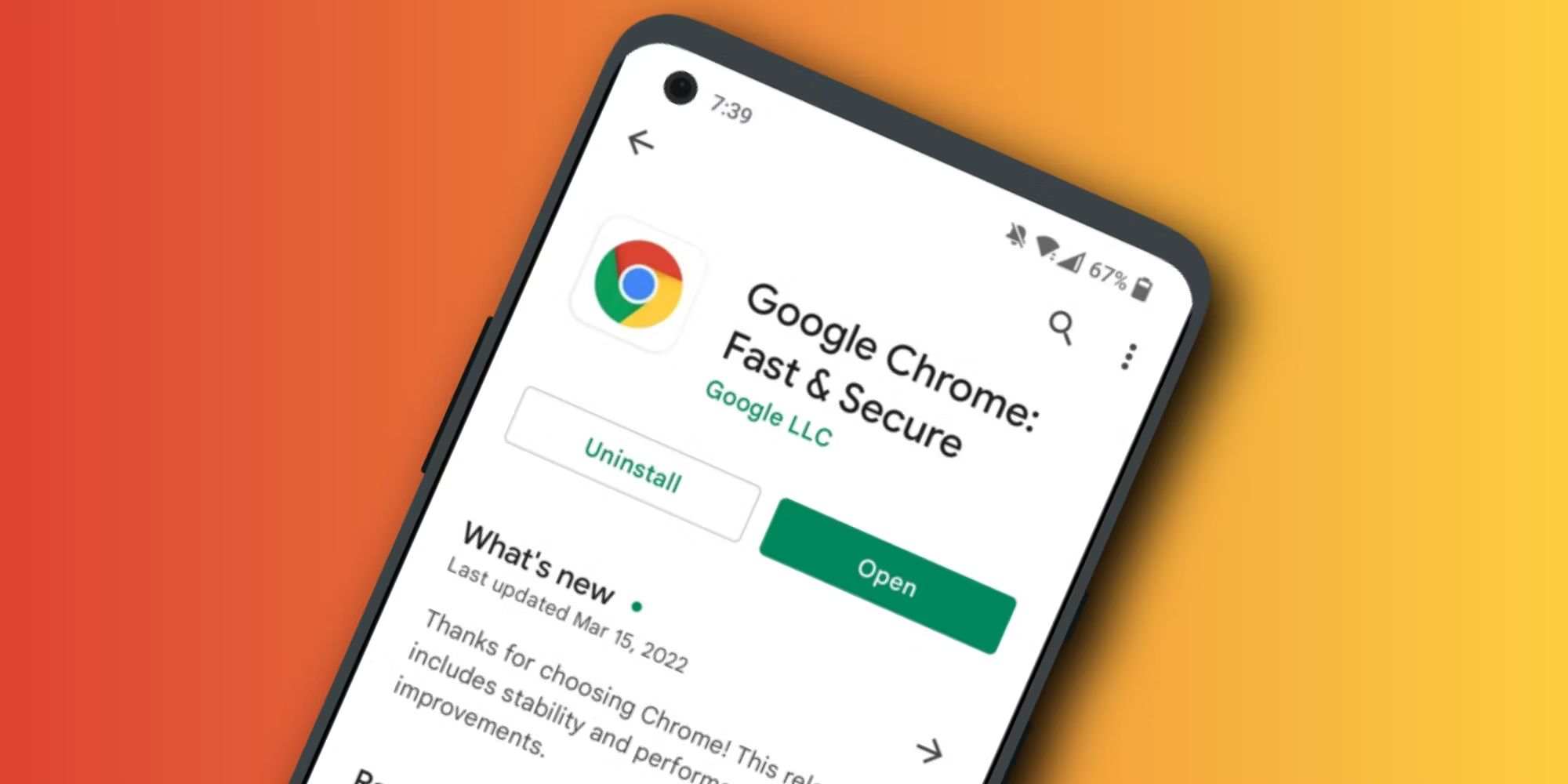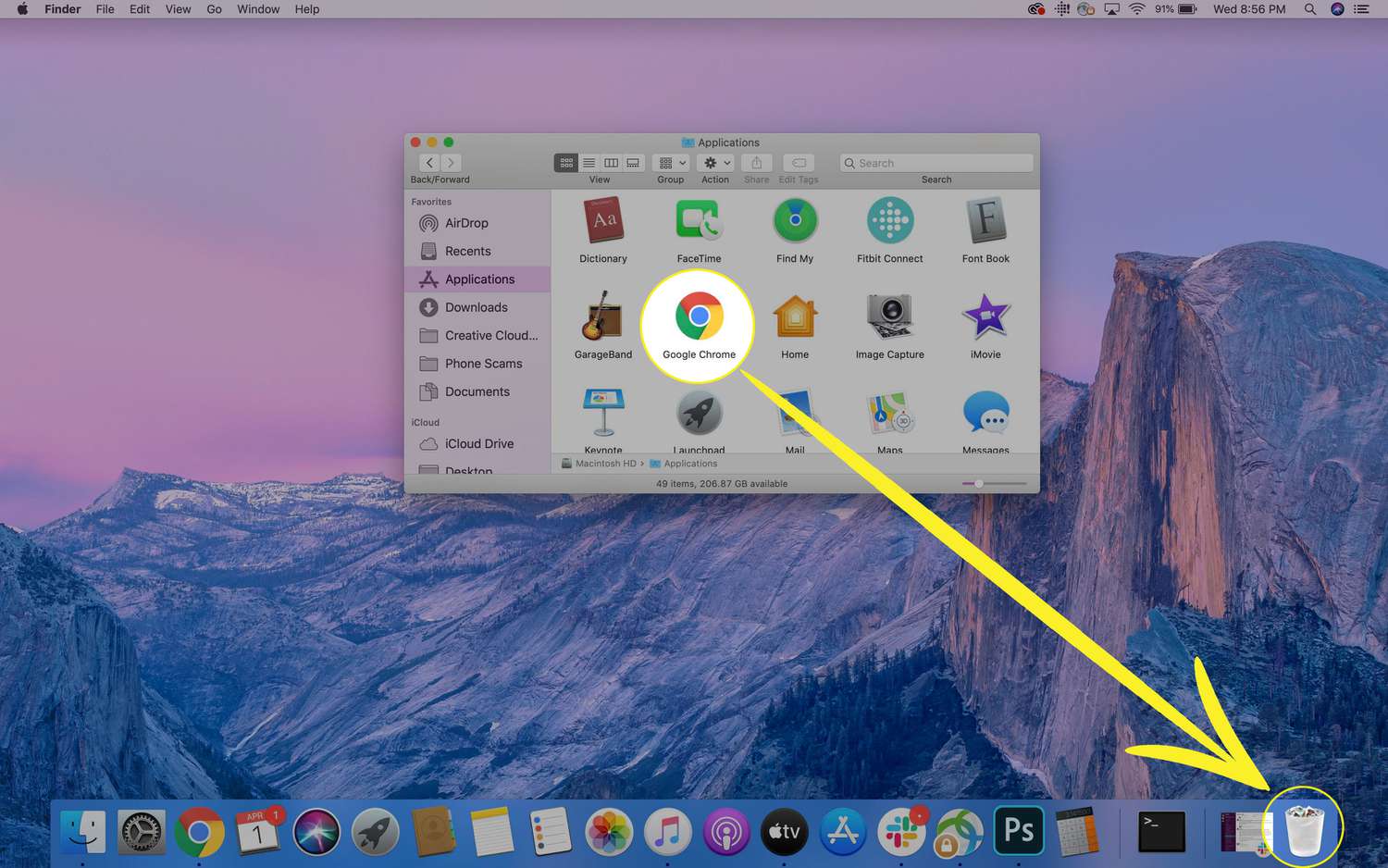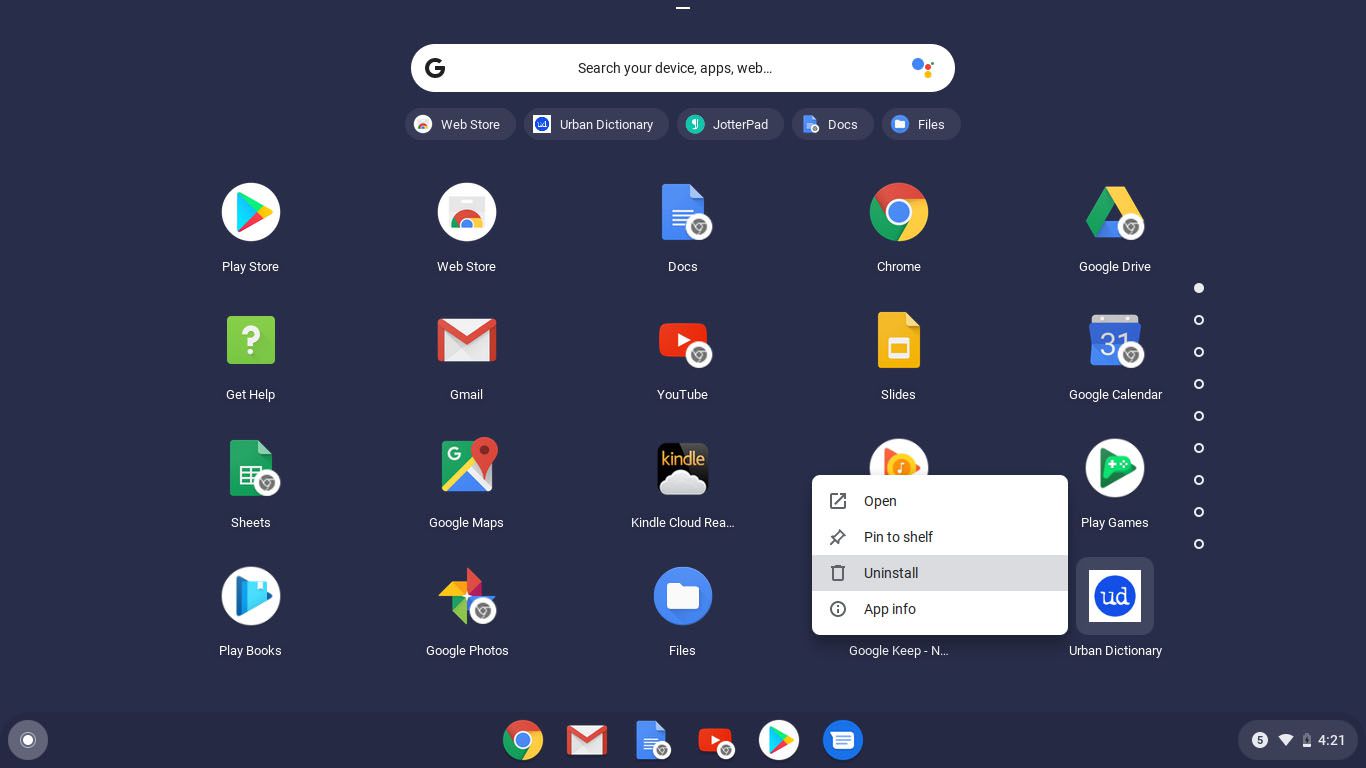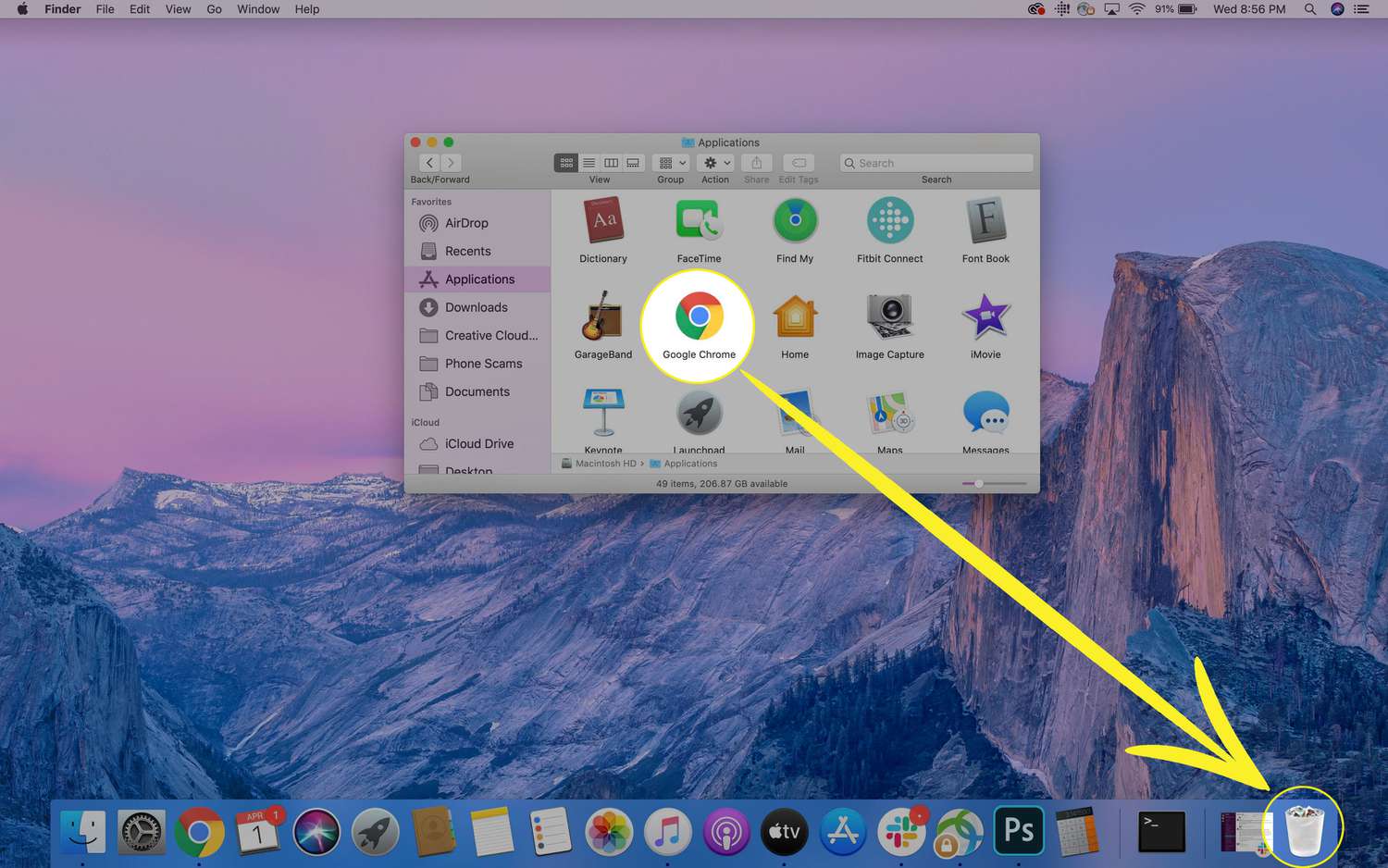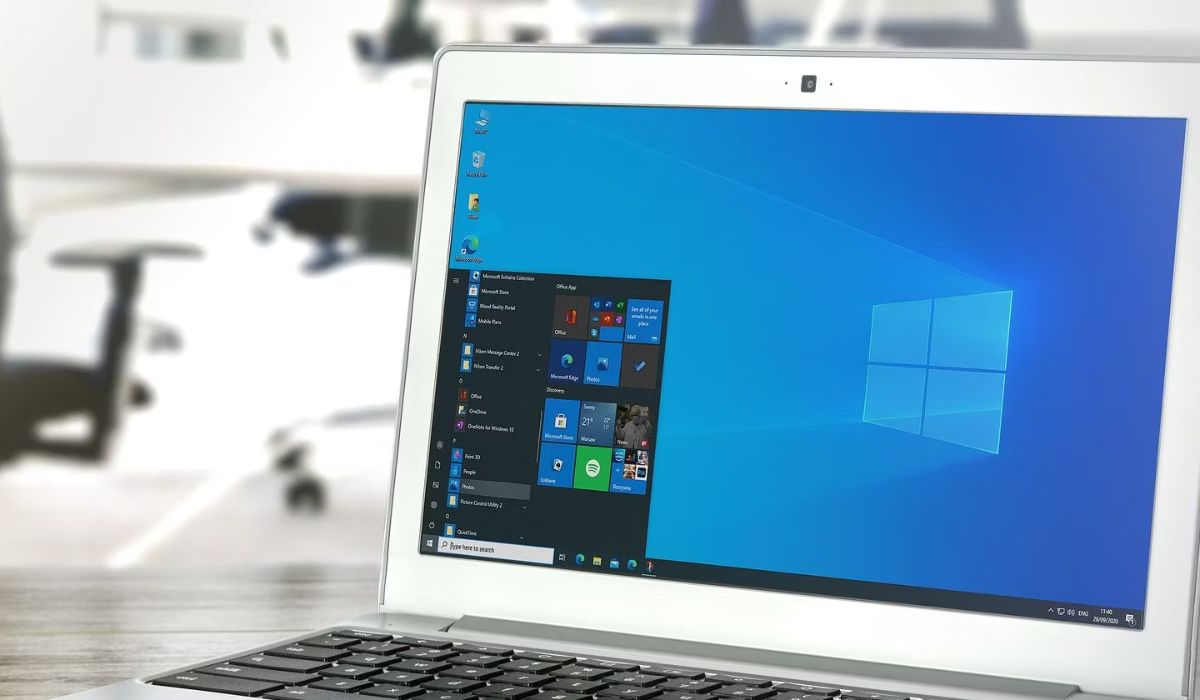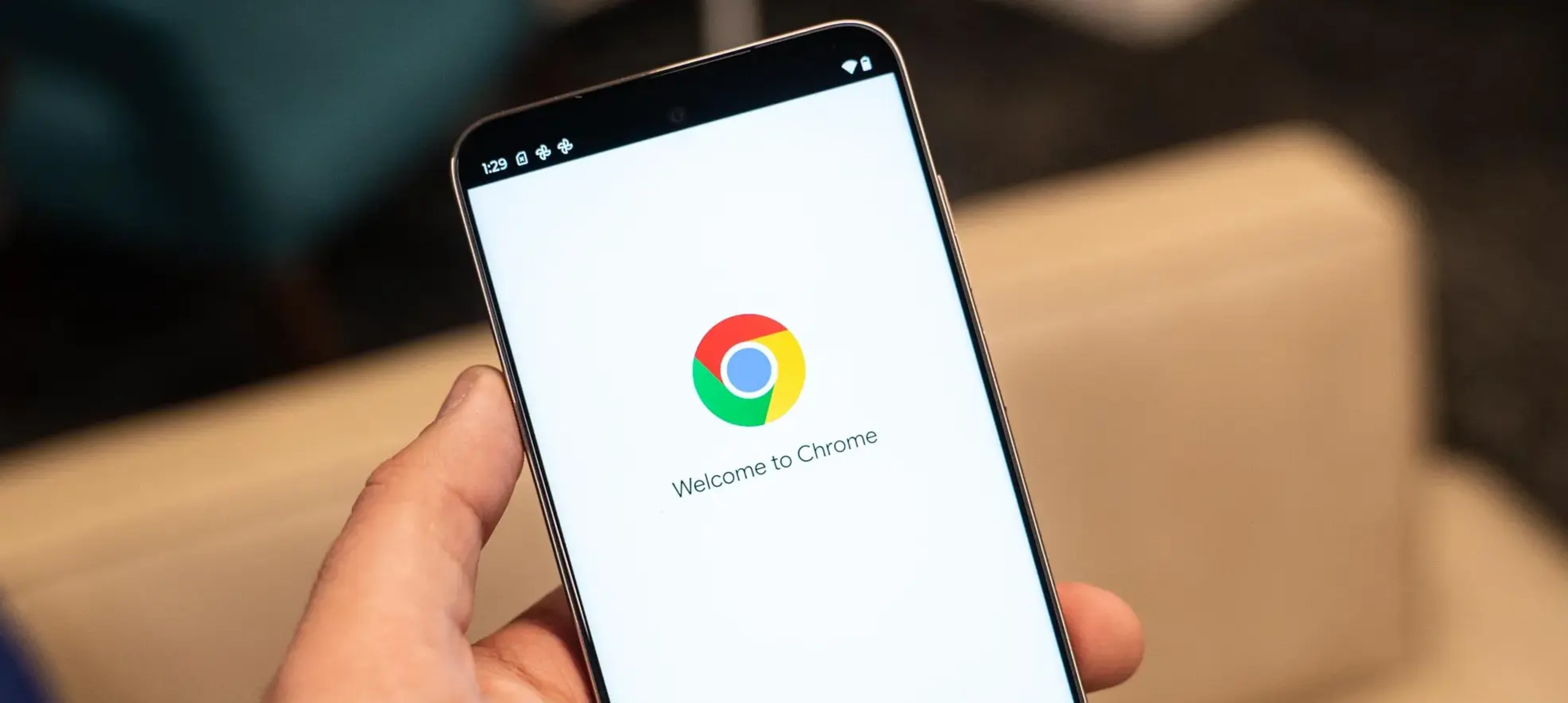Introduction
Uninstalling Google Chrome from your device may seem like a straightforward task, but there are various methods to consider depending on the operating system you are using. Whether you're using a Windows PC, a Mac, an Android device, or an iOS device, each platform has its own unique process for removing the popular web browser.
In this comprehensive guide, we will explore the step-by-step procedures for uninstalling Chrome across different devices. By following these methods, you can effectively remove Chrome and free up valuable space on your device. Whether you're looking to switch to a different browser or troubleshoot issues related to Chrome, understanding the uninstallation process is essential.
Let's delve into the specific methods for uninstalling Chrome on Windows, Mac, Android, and iOS devices, providing you with the knowledge and confidence to seamlessly remove the browser from your device. Whether you're a tech-savvy individual or a casual user, this guide will equip you with the necessary insights to successfully uninstall Google Chrome.
Method 1: Uninstalling Chrome on Windows
Uninstalling Google Chrome from a Windows computer is a relatively simple process. Whether you're looking to switch to a different browser or troubleshoot issues related to Chrome, the following steps will guide you through the uninstallation process.
-
Using the Control Panel:
- Click on the "Start" button and open the "Control Panel."
- Navigate to "Programs" and then click on "Programs and Features."
- Scroll through the list of installed programs to find Google Chrome.
- Right-click on Google Chrome and select "Uninstall."
- Follow the on-screen prompts to complete the uninstallation process.
-
Using the Settings App:
- Press the Windows key + I to open the Settings app.
- Click on "Apps" and then select "Apps & features" from the left-hand menu.
- Scroll down to find Google Chrome in the list of installed apps.
- Click on Google Chrome and then select "Uninstall."
- Follow the on-screen instructions to remove Chrome from your computer.
-
Using the Chrome Cleanup Tool:
- If you encounter difficulties with the standard uninstallation methods, Google provides a Chrome Cleanup Tool that can help remove Chrome and fix related issues.
- Download and run the Chrome Cleanup Tool from the official Google website.
- Follow the on-screen instructions to scan for and remove Chrome from your system.
-
Manually Removing Residual Files:
- After uninstalling Chrome, it's advisable to manually delete any residual files and folders associated with the browser.
- Navigate to the following directories and delete any remaining Chrome files:
- C:\Program Files\Google\Chrome
- C:\Users[Your Username]\AppData\Local\Google\Chrome
- C:\Users[Your Username]\AppData\Roaming\Google\Chrome
By following these methods, you can effectively uninstall Google Chrome from your Windows computer. Whether you prefer using the Control Panel, the Settings app, or the Chrome Cleanup Tool, each approach offers a straightforward way to remove the browser from your system. Once uninstalled, you can consider installing an alternative browser or troubleshooting any issues that led to the decision to remove Chrome.
Method 2: Uninstalling Chrome on Mac
Uninstalling Google Chrome from a Mac involves a straightforward process that ensures the complete removal of the browser from your device. Whether you're transitioning to a different browser or troubleshooting issues related to Chrome, the following steps will guide you through the uninstallation process.
-
Using the Trash:
- Open Finder and navigate to the "Applications" folder.
- Locate Google Chrome in the list of applications.
- Drag the Google Chrome icon to the Trash icon in the Dock.
- Right-click on the Trash icon and select "Empty Trash" to delete Chrome permanently.
-
Using the Terminal:
- Open Terminal from the Applications folder or by searching for it in Spotlight.
- Enter the command:
sudo rm -rf /Applications/Google\ Chrome.app - Press Enter and provide your administrator password when prompted.
- This command will remove the Chrome application from your Mac.
-
Removing User Data:
- After uninstalling Chrome, it's advisable to delete any residual user data associated with the browser.
- Navigate to the following directories and delete any remaining Chrome files:
~/Library/Application Support/Google/Chrome~/Library/Caches/Google/Chrome~/Library/Google/Chrome
-
Using Third-Party Uninstaller Apps:
- There are third-party uninstaller applications available that can assist in removing Chrome and associated files from your Mac.
- Consider using reputable uninstaller apps to ensure a thorough removal of Chrome from your system.
By following these methods, you can effectively uninstall Google Chrome from your Mac. Whether you prefer using the Trash, Terminal commands, or third-party uninstaller apps, each approach offers a reliable way to remove the browser from your device. Once uninstalled, you can explore alternative browsers or address any issues that led to the decision to remove Chrome.
Method 3: Uninstalling Chrome on Android
Uninstalling Google Chrome from an Android device is a straightforward process that allows you to free up storage space and explore alternative browsing options. Whether you're looking to switch to a different browser or troubleshoot issues related to Chrome, the following steps will guide you through the uninstallation process on your Android device.
-
Using the Settings App:
- Open the "Settings" app on your Android device.
- Navigate to "Apps" or "Apps & notifications" depending on your device's settings menu.
- Scroll through the list of installed apps to find Google Chrome.
- Tap on Google Chrome to open its app info.
- Select "Uninstall" or "Uninstall updates" if the option is available.
- Confirm the uninstallation when prompted.
-
Using the Play Store:
- Open the Google Play Store app on your Android device.
- Tap on the menu icon (three horizontal lines) to open the side menu.
- Select "My apps & games" from the menu options.
- Navigate to the "Installed" tab to view the list of installed apps.
- Locate Google Chrome in the list and tap on it.
- Tap "Uninstall" to remove Chrome from your device.
-
Disabling Chrome:
- If you're unable to uninstall Chrome using the above methods, you can disable the app to prevent it from running on your device.
- Open the "Settings" app and navigate to "Apps" or "Apps & notifications."
- Find Google Chrome in the list of installed apps.
- Tap on Chrome to open its app info.
- Select "Disable" to deactivate the app.
-
Clearing Chrome Data:
- After uninstalling or disabling Chrome, it's advisable to clear any remaining data associated with the browser.
- Open the "Settings" app and navigate to "Apps" or "Apps & notifications."
- Tap on Google Chrome to open its app info.
- Select "Storage" and then tap on "Clear storage" or "Clear data."
By following these methods, you can effectively uninstall Google Chrome from your Android device. Whether you prefer using the Settings app, the Play Store, or disabling the app, each approach offers a convenient way to remove the browser from your device. Once uninstalled, you can explore alternative browsers available on the Google Play Store or address any issues that led to the decision to remove Chrome from your Android device.
Method 4: Uninstalling Chrome on iOS
Uninstalling Google Chrome from an iOS device involves a straightforward process that allows you to free up storage space and explore alternative browsing options. Whether you're looking to switch to a different browser or troubleshoot issues related to Chrome, the following steps will guide you through the uninstallation process on your iOS device.
-
Using the Home Screen:
- Locate the Google Chrome app icon on your iOS device's home screen.
- Press and hold the Chrome app icon until it starts shaking.
- Tap the "X" icon on the top-left corner of the Chrome app icon.
- Confirm the uninstallation when prompted by tapping "Delete."
-
Using the Settings App:
- Open the "Settings" app on your iOS device.
- Scroll down and select "General."
- Tap on "iPhone Storage" or "iPad Storage," depending on your device.
- Scroll through the list of apps to find Google Chrome.
- Tap on Google Chrome and select "Delete App."
- Confirm the uninstallation when prompted.
-
Clearing Chrome Data:
- After uninstalling Chrome, it's advisable to clear any remaining data associated with the browser.
- Open the "Settings" app and navigate to "Safari."
- Tap on "Clear History and Website Data" to remove browsing data associated with Chrome.
By following these methods, you can effectively uninstall Google Chrome from your iOS device. Whether you prefer using the home screen or the Settings app, each approach offers a convenient way to remove the browser from your device. Once uninstalled, you can explore alternative browsers available on the App Store or address any issues that led to the decision to remove Chrome from your iOS device.
Uninstalling Google Chrome from your iOS device provides an opportunity to explore other browsers and optimize your device's storage. Whether you're seeking a fresh browsing experience or troubleshooting specific issues, the uninstallation process ensures a seamless transition to alternative browser options.
Conclusion
Uninstalling Google Chrome from various devices, including Windows, Mac, Android, and iOS, is a fundamental process that allows users to manage their browsing preferences and optimize device storage. By following the specific methods outlined in this guide, individuals can seamlessly remove Chrome and explore alternative browsing options tailored to their needs.
Whether you're a Windows user navigating through the Control Panel or the Settings app, a Mac user utilizing the Trash or Terminal commands, an Android user leveraging the Settings app or the Play Store, or an iOS user employing the home screen or the Settings app, each platform offers distinct yet straightforward approaches to uninstall Google Chrome.
The flexibility of these methods empowers users to make informed decisions about their browsing experience. Whether it's troubleshooting issues related to Chrome, freeing up storage space, or simply exploring different browsers, the uninstallation process provides a gateway to a personalized and optimized browsing environment.
Furthermore, the manual removal of residual files and data associated with Chrome ensures a thorough uninstallation, allowing users to maintain a clutter-free device and potentially resolve any lingering issues related to the browser.
By understanding the uninstallation process across different devices, users can confidently manage their browsing preferences and adapt to evolving technological landscapes. Whether it's embracing new features and functionalities or addressing specific performance concerns, the ability to uninstall Chrome effectively is a valuable skill for individuals seeking to optimize their digital experiences.
In conclusion, the diverse methods for uninstalling Google Chrome underscore the importance of user autonomy and device customization. Whether it's a seamless transition to an alternative browser or a strategic approach to troubleshooting, the uninstallation process serves as a pivotal step in shaping a personalized and efficient digital ecosystem.







